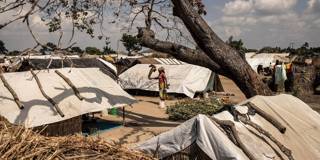Overcoming the Development-Project Implementation Gap
This week’s World Bank spring meetings offer a valuable opportunity to reflect on the International Development Association’s critical role as a source of hope for those most in need – and commit to enhancing its impact even further. That means not only replenishing its resources, but also ensuring that its resources can be best used.

COPENHAGEN – This week’s World Bank spring meetings will kick-start the replenishment of the International Development Association – the largest source of development finance for the world’s poorest people. The event cannot come soon enough. With extreme poverty, climate change, and a worsening debt crisis jeopardizing progress toward the United Nations Sustainable Development Goals (SDGs), IDA is more important than ever.